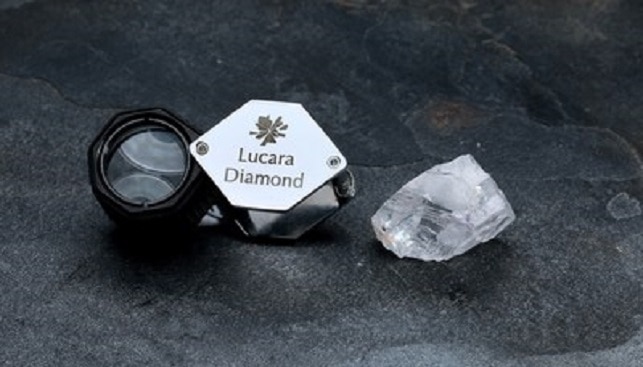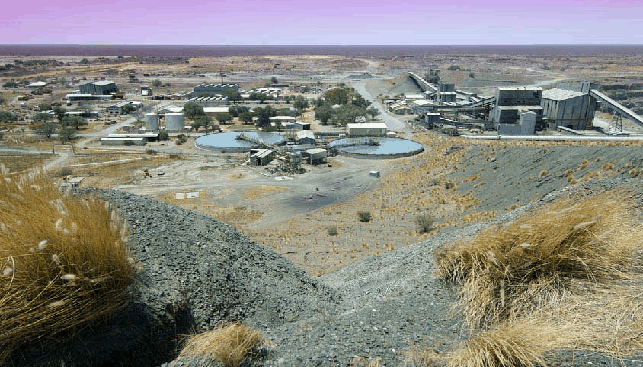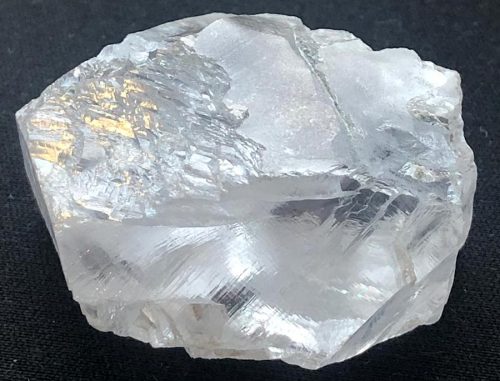The future of the Ekati diamond mine in Canada’s Northwest Territories remains uncertain after Dominion Diamond Mines announced that a deal to sell it to a subsidiary owned by its parent company, The Washington Companies, has fallen apart.
Dominion Diamond reported on Oct. 9 that three insurance companies – Aviva Insurance Company of Canada, Argonaut Insurance and Zurich Insurance – had reached “an impasse” in negotiation with the purchaser, and stated “there is no reasonable prospect of reaching a satisfactory agreement among them.”
Dominion Diamond, which was purchased by The Washington Companies in November 2017 for $1.2 billion, was granted creditor protection in April. Mining was suspended and the Ekati mine placed on care and maintenance in March due to the coronavirus.
Altogether, the three insurance companies have issued about C$280 million in surety bonds to the government of the Northwest Territories that were intended to guarantee that the diamond mine could be closed safely and reclaimed once the mine closes permanently.
The sale was subject to a condition that the insurance companies and the purchaser reached an agreement on the treatment of the existing surety bonds.
Dominion remains in creditor protection until November 7, 2020, unless extended, it said, and is working with its advisors on next steps.
“The company will be assessing all strategic alternatives to return the Ekati diamond mine to full operations for the benefit of its employees, the Northwest Territories and other stakeholders,” Dominion Diamond stated in its news release.
The company has also confirmed that Pat Merrin, the company’s interim CEO since February, has relinquished that role. “In light of this development, Pat has advised that it would be appropriate that he step down as Interim CEO,” a company spokesman wrote in an email to The Northern Miner.
“Kristal Kaye, CFO and Mike Welch, COO will lead Dominion through this challenging period with strong support from the rest of the management team and our independent Chairman Brendan Bell.”
Dominion Diamond Mines is one of the world’s largest producers and suppliers of premium rough diamonds. The company owns a controlling interest in the Ekati diamond mine, which it operates, and 40% of the Diavik diamond mine. It also holds a controlling interest in the Lac de Gras diamond project. All of its assets are in the Northwest Territories.
Source: Northern Miner











